[p]NASA has officially postponed SpaceX’s first test flight of the commercial crew program to February or later so that officials can complete “hardware testing and joint reviews.”[/p].


[p]NASA has officially postponed SpaceX’s first test flight of the commercial crew program to February or later so that officials can complete “hardware testing and joint reviews.”[/p].

The feature will be part of a SpaceX add-on package that uses thrusters to aid in acceleration and cornering.
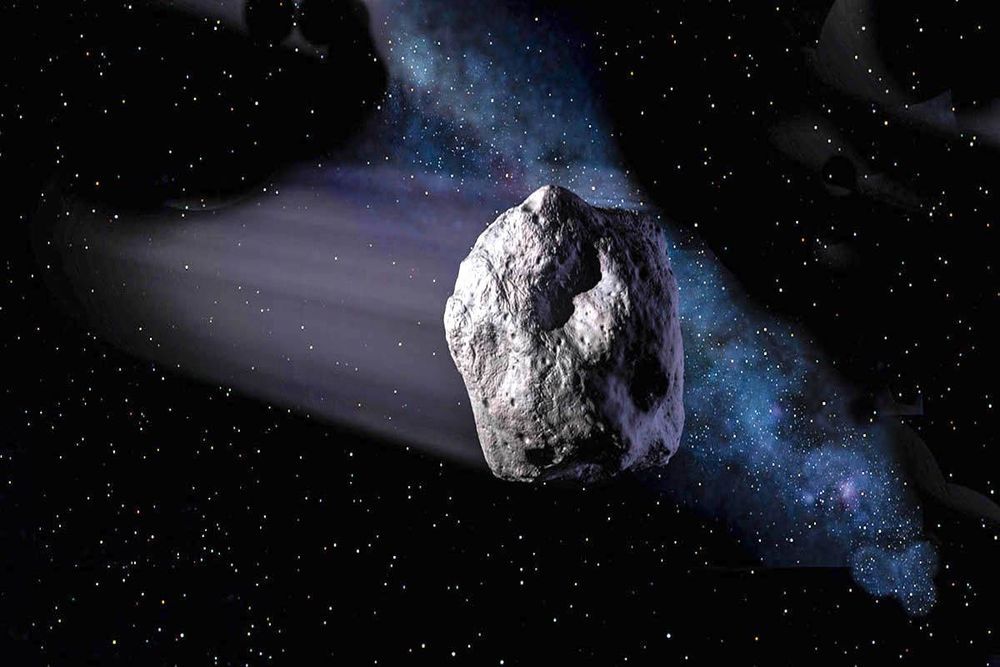
Using steam to propel a spacecraft from asteroid to asteroid is now possible, thanks to a collaboration between a private space company and the University of Central Florida.
UCF planetary research scientist Phil Metzger worked with Honeybee Robotics of Pasadena, California, which developed the World Is Not Enough spacecraft prototype that extracts water from asteroids or other planetary bodies to generate steam and propel itself to its next mining target.
UCF provided the simulated asteroid material and Metzger did the computer modeling and simulation necessary before Honeybee created the prototype and tried out the idea in its facility Dec. 31. The team also partnered with Embry-Riddle Aeronautical University in Daytona Beach, Florida, to develop initial prototypes of steam-based rocket thrusters.
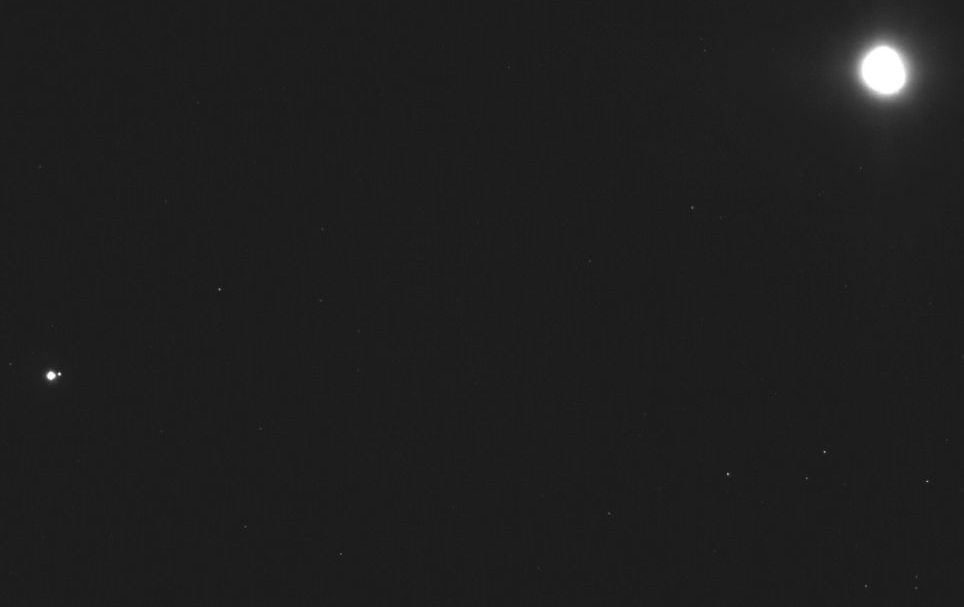
CAPE CANAVERAL, Fla. (AP) — An asteroid-circling spacecraft has captured a cool snapshot of home.
NASA’s Osiris-Rex spacecraft took the picture days before going into orbit around asteroid Bennu on New Year’s Eve.
The tiny asteroid — barely one-third of a mile (500 meters) across — appears as a big bright blob in the long-exposure photo released last week. Seventy million miles (110 million kilometers) away, Earth appears as a white dot, with the moon an even smaller dot but still clearly visible.
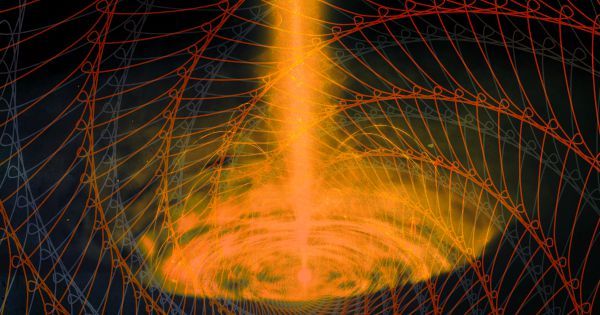
Research says that giant, rotating black holes would give interstellar travelers a smooth ride.
Let us know if you try!
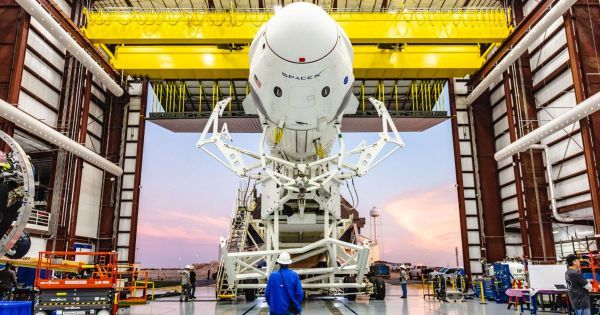
It will be a critical flight for SpaceX and NASA.
But SpaceX is hard at work to prevent any disaster from happening.
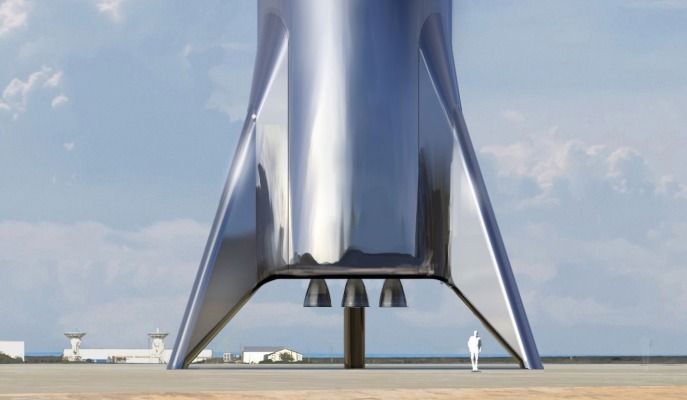
The image here come from Elon Musk and is concept art of the Starship test vehicle SpaceX is currently assembling at its Boca Chica, Texas launch facility. The real thing will be even better. This test vehicle is shorter and lacks the windows of the production ship that will eventually go into production.
Starship test vehicle under assembly will look similar to this illustration when finished. Operational Starships would obv have windows, etc. pic.twitter.com/D8AJ01mjyR
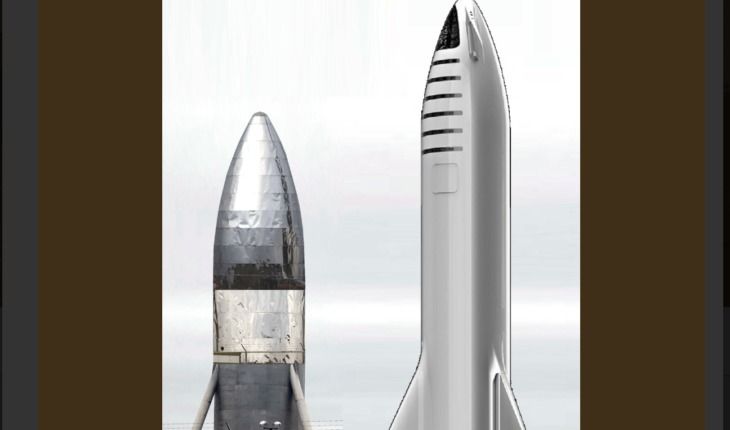
The SpaceX Starhopper seems like the fastest development of a prototype rocket outside of a wartime rocket program. The purpose of the inexpensive testing is to have the first flight tests of the new Raptor engine. Three of the engines have been placed in a row and the tests will allow control software to be tested and the throttling of the engines to be tested.
The Starhopper rocket should be stacked and welded into one piece within a few days or weeks. The Texas launch pad is still being built and is still piled dirt.
The work on the rocket and the launch pad will come together over the next 60 days and then the rocket will be moved to the launch pad for a first flight in March or April 2019.

It is a pristine specimen, preserved as it was formed. Other similarly shaped objects have been modified over time due to their closer proximity to the Sun. Learn more about this distant object explored by our New Horizons spacecraft: http://pluto.jhuapl.edu/News-Center/News-Article.php?page=20190102
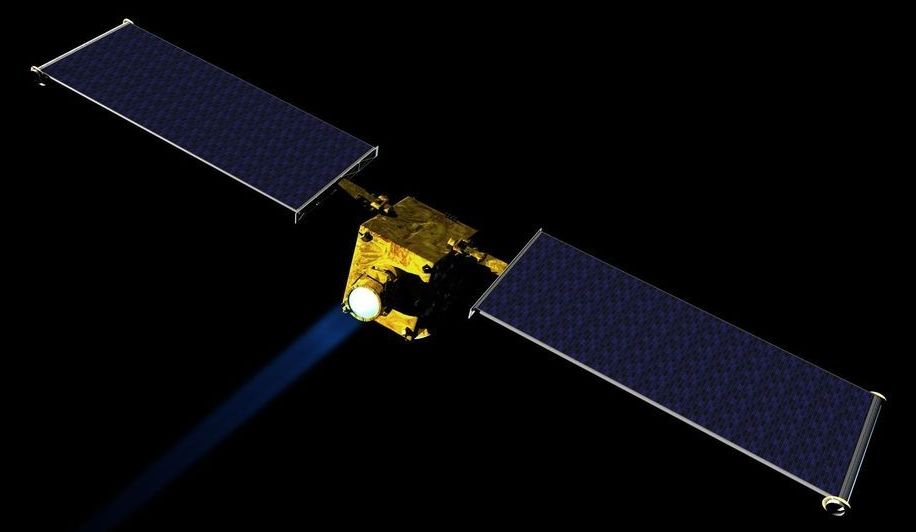
NASA’s DART mission is on track to launch in June 2021 and collide with an asteroid called Didymos in 2022.